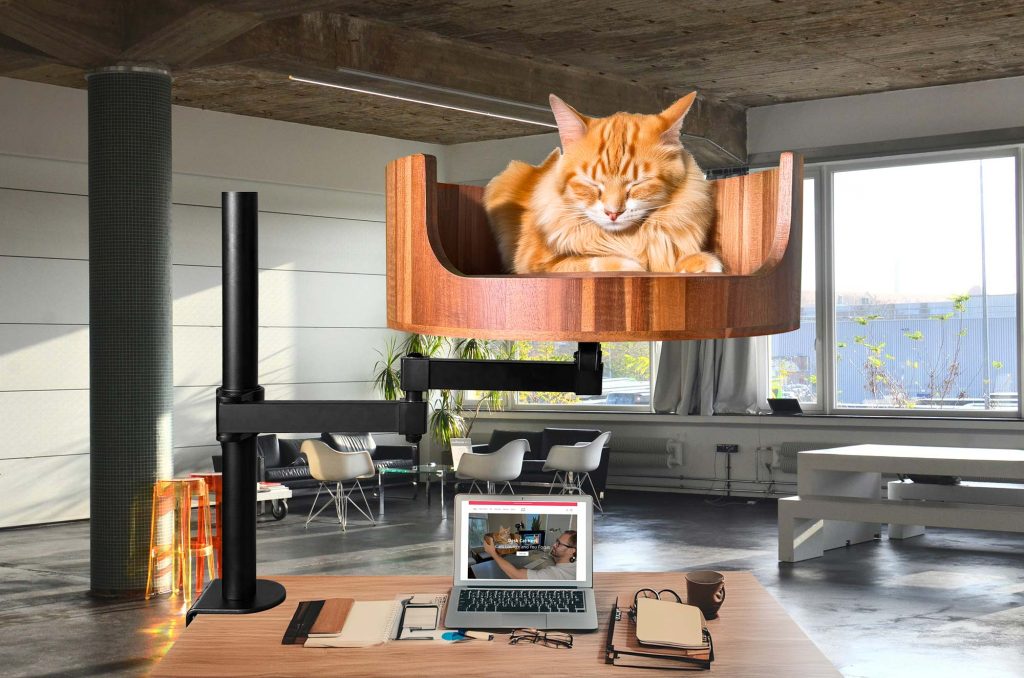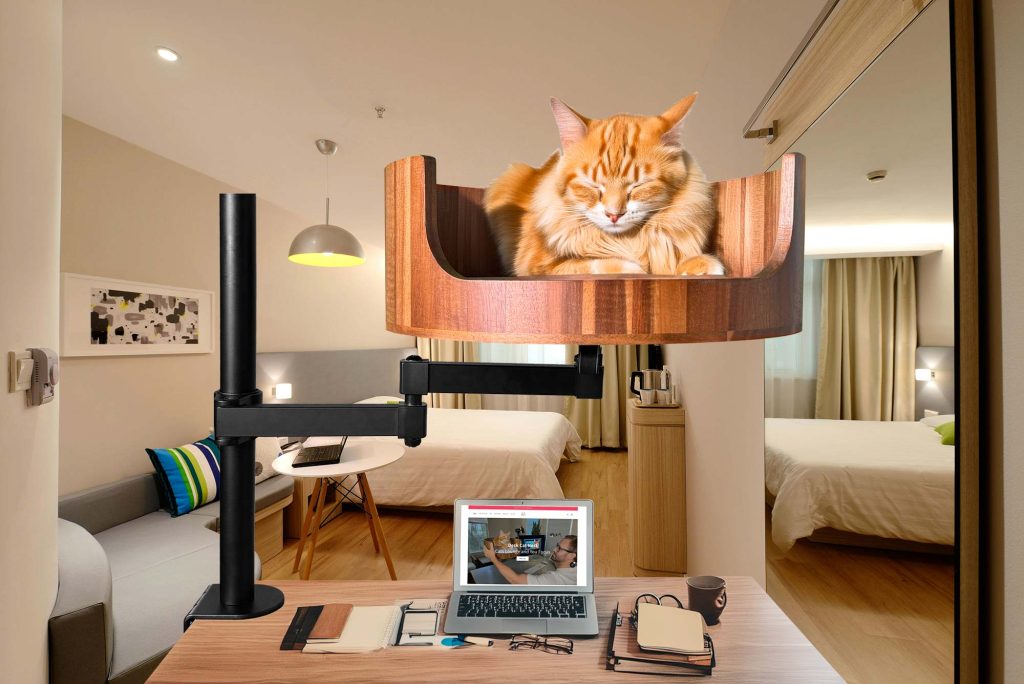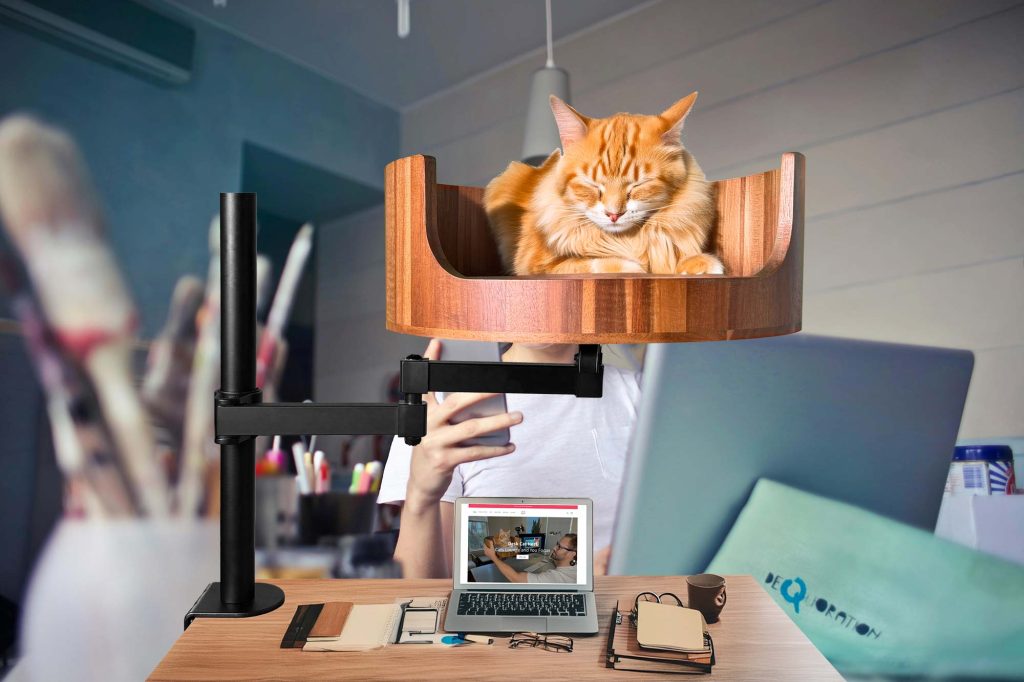Is your cat suddenly turning up their nose at meal times? It can be concerning when our feline friends show a lack of interest in eating. Understanding the reasons behind a cat’s decreased appetite is crucial in ensuring their health and well-being. In this article, we will delve into the various factors that may contribute to a cat’s unwillingness to eat, as well as provide tips on how to address and resolve appetite issues.
From medical conditions such as dental problems or digestive issues to environmental factors like stress or changes in routine, there are numerous reasons why a cat may have a decreased appetite. By identifying the root cause of the problem, pet owners can take the necessary steps to encourage their cat to eat and prevent any potential health problems. Additionally, we will explore different strategies for enticing picky eaters, such as trying different types of food or creating a more inviting mealtime environment. Whether your cat’s lack of appetite is a temporary issue or a chronic concern, understanding feline appetite issues is essential for maintaining their overall health and happiness.
1. Pay attention to changes in your cat’s eating habits, as a sudden lack of appetite could be a sign of an underlying health issue.
2. Environmental factors, such as stress or changes in routine, can affect a cat’s appetite.
3. Consult with a veterinarian if your cat refuses to eat for more than 24 hours.
4. Experiment with different food options, such as wet or dry food, to entice your cat to eat.
5. Providing a comfortable and quiet eating space can also help improve your cat’s appetite.
Causes of Appetite Issues in Cats
There are several reasons why a cat may refuse to eat. These can include underlying health issues such as dental problems, digestive disorders, kidney disease, or even cancer. Stress, anxiety, or changes in their environment can also lead to appetite issues in cats. It is important to monitor your cat’s behavior and consult with a veterinarian to determine the root cause of the problem.
Behavioral Reasons for Loss of Appetite
Sometimes, a cat’s refusal to eat may be due to behavioral reasons such as a dislike for a certain type of food, the presence of a new pet in the household, or changes in routine. Cats are known for their finicky eating habits and may require patience and understanding to overcome these issues. Providing a quiet, stress-free environment for your cat to eat in can help alleviate behavioral appetite issues.
Medical Interventions for Appetite Issues
If your cat continues to refuse food despite efforts to address behavioral issues, it may be necessary to seek medical interventions. Your veterinarian may recommend diagnostic tests to rule out underlying health problems or prescribe appetite stimulants or special diets to encourage your cat to eat. It is important to follow your vet’s recommendations closely to ensure your cat’s health and well-being.
Home Remedies and Tips for Stimulating Appetite
In addition to medical interventions, there are some home remedies and tips that you can try to stimulate your cat’s appetite. These may include offering a variety of high-quality foods, warming up food to enhance aroma, or hand-feeding your cat small amounts of food. It is important to be patient and consistent in your efforts to encourage your cat to eat and monitor their progress closely.
Frequently Asked Questions
How can the Desk Cat Nest help my cat eat?
The Desk Cat Nest provides a cozy, secure space for your cat to relax and eat without distractions. The raised design makes it easier for your cat to access their food while feeling safe and comfortable.
What if my cat is still not interested in eating in the Desk Cat Nest?
It may take some time for your cat to adjust to a new feeding environment. Try placing your cat’s favorite treats or food in the Desk Cat Nest to entice them to use it. You can also gradually transition your cat by placing their food dish next to the nest and then moving it inside over time.
Is the Desk Cat Nest easy to clean?
Yes, the Desk Cat Nest is made with washable materials that are easy to clean. Simply remove any leftover food or debris, and wipe down the nest with a damp cloth or sponge. You can also remove the cushion and place it in the washing machine for a deeper clean.
Will the Desk Cat Nest work for cats of all sizes?
The Desk Cat Nest is designed to accommodate cats of various sizes, but it may not be suitable for larger breeds. We recommend measuring your cat before purchasing to ensure they will fit comfortably in the nest.
Can the Desk Cat Nest be used for more than just mealtime?
Absolutely! The Desk Cat Nest provides a versatile space for your cat to rest, play, and eat. You can leave toys or treats in the nest for your cat to enjoy throughout the day.
In conclusion, the Desk Cat Bed is a valuable choice for cat owners dealing with a feline who doesn’t want to eat. Not only does it provide a comfortable and secure space for your cat to relax, but it also encourages them to feel more at ease and reduce stress during meal times. By creating a designated feeding area within the Desk Cat Bed, your cat will associate this space with positive experiences and may be more likely to eat their meals regularly. Additionally, the elevated design of the Desk Cat Bed helps to prevent other pets from stealing your cat’s food and promotes better digestion. Overall, investing in a Desk Cat Bed can make a significant difference in resolving your cat’s eating issues and improving their overall well-being.


